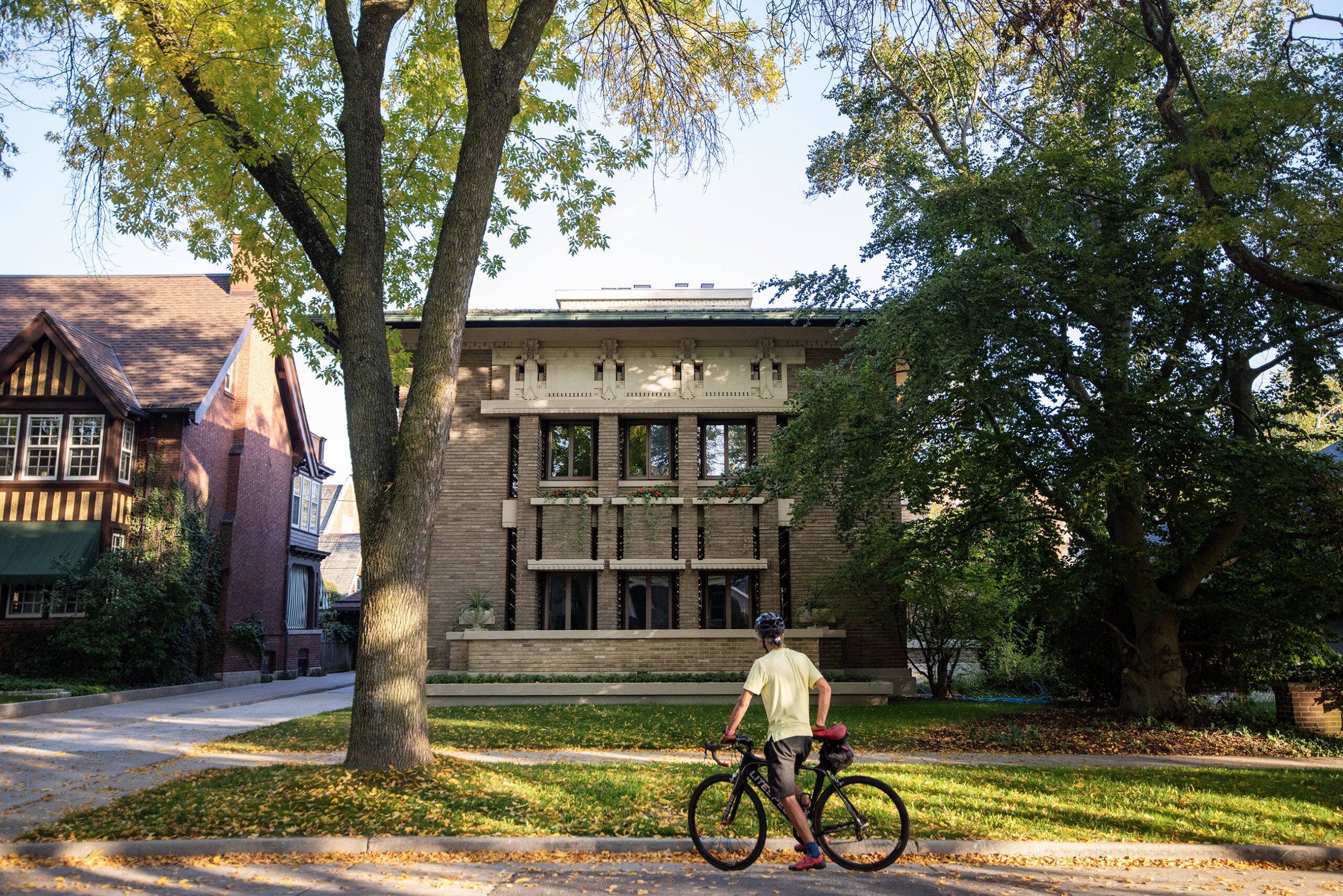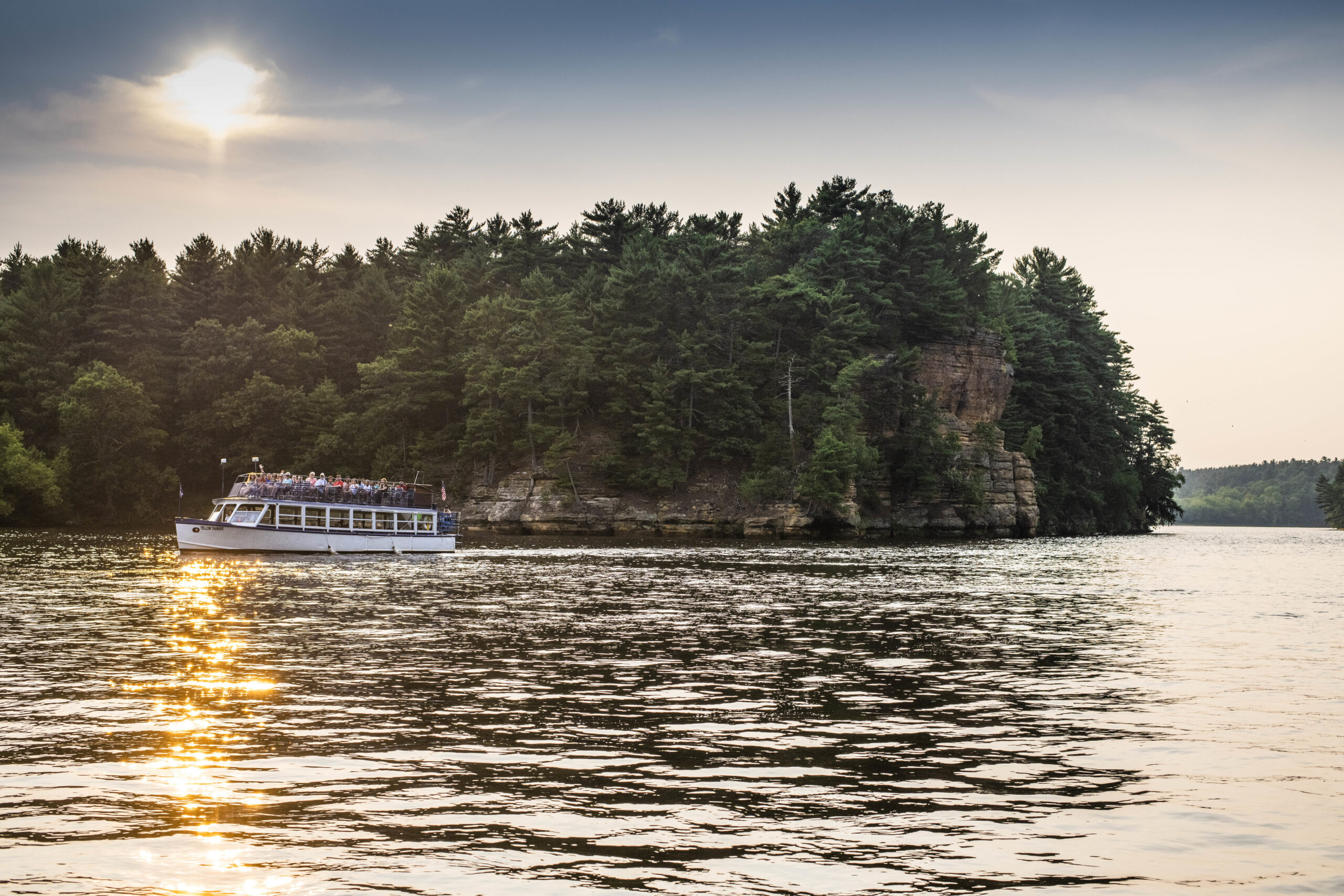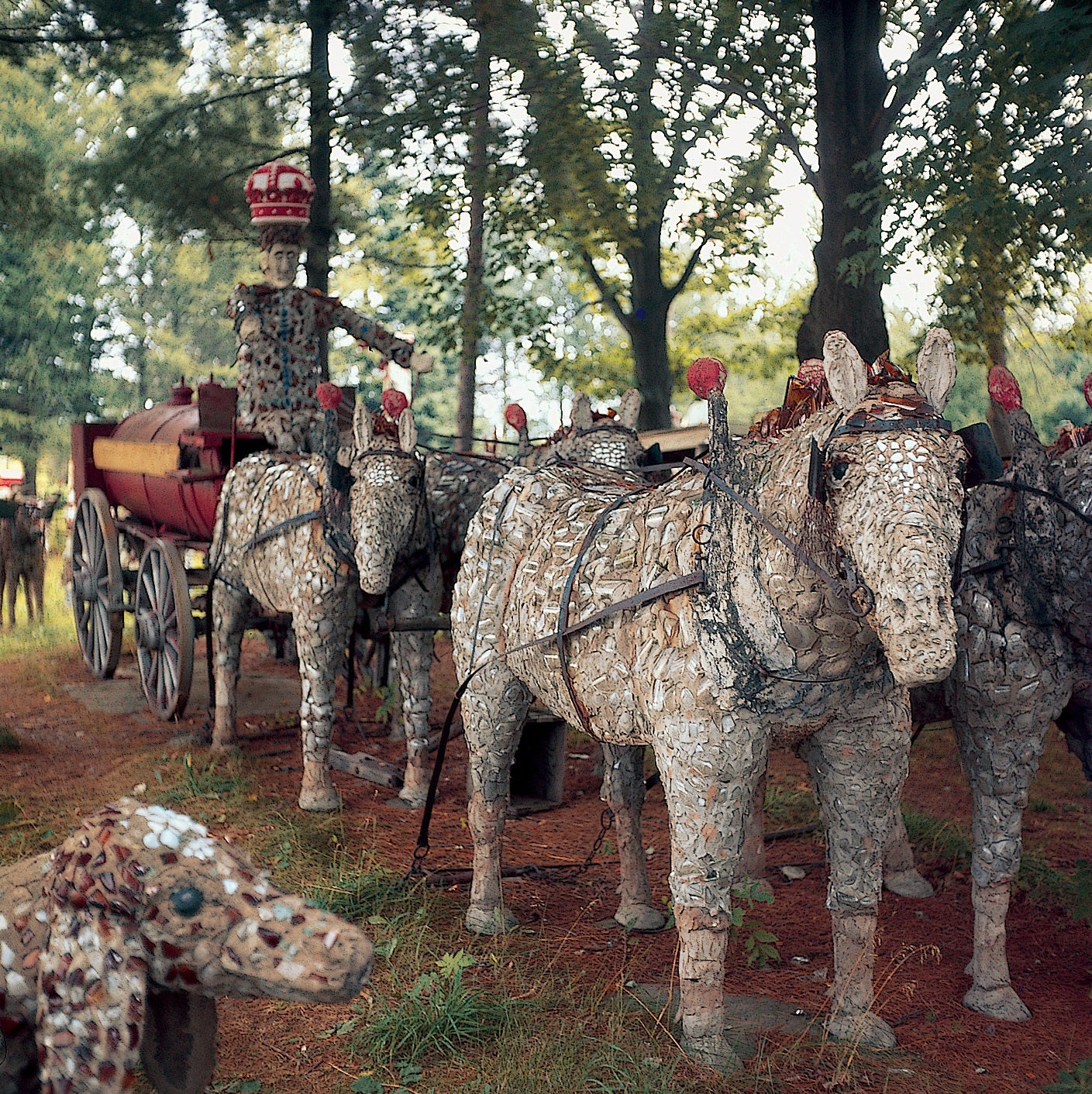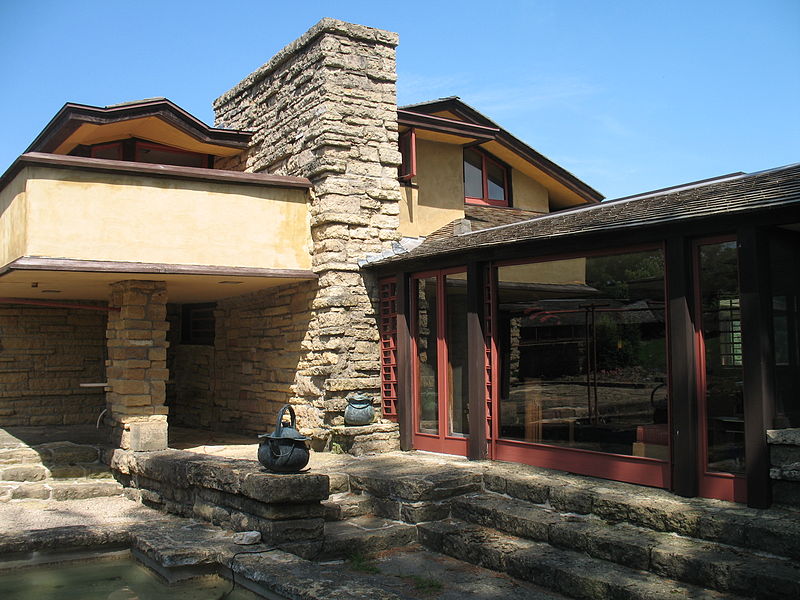A number of Frank Lloyd Wright’s buildings have been nominated for the World Heritage List. We learn about the significance of his architectural designs.We also explore how to better understand the solar system and take guest calls about the Wisconsin state budget.
Featured in this Show
-
Frank Lloyd Wright Scholars, Fans Hopeful About UNESCO Honor
Here in Wisconsin, there’s a lot of pride when it comes to architect Frank Lloyd Wright. Born in Richland Center, Wright would go on to design some of the most memorable and visually striking buildings in the nation.
Now, some of his most famous designs could soon receive one of the highest honors in the world. Late last month, U.S. Secretary of the Interior Sally Jewell announced the nomination of 10 Frank Lloyd Wright buildings for UNESCO World Heritage Site consideration. If selected, they would be the first American examples of modern architecture to make the list.
In a statement, Jewell said, “Frank Lloyd Wright is widely considered to be the greatest American architect of the 20th century and his works are a highly valued and uniquely American contribution to the world’s architectural heritage.”
It’s not the first time Wright’s works have been considered for World Heritage status. In 1991, Taliesin and its Arizona-counterpart, Taliesin West, were considered, but ultimately shot down.
“The World Heritage Committee said that those two buildings alone were not sufficiently representative of Wright’s work and its global impact, and asked us to prepare a larger nomination” Waggoner said. “It just took a long time to pull all of that together.”
That included whittling down a list of more than 400 extant Wright properties to just 10 selections, not an easy task by any means. But, the prospect of another shot at World Heritage status has Wright fans and scholars extremely excited.
“It’s certainly a club we all want to be a part of,” said Lynda Waggoner, vice president of the Frank Lloyd Wright Building Conservancy, and director of Fallingwater, another Wright property being considered for World Heritage status. “It’s the best of the best worldwide, both in natural and cultural sites.”
Two of the sites that were included this time around are located in Wright’s home state of Wisconsin: the Herbert and Katherine Jacobs House in Madison and Taliesin in Spring Green.
Taliesin is one of Wright’s biggest and most well-known houses, and Waggoner said it’s one of the most important examples of Wright’s idea of organic architecture; drawing from the site itself to inspire the building, creating a unified home. Because Wright designed Taliesin for himself, it allowed him a good deal of flexibility to try new ideas.
“In this building, he was able to experiment with ideas over time that he wanted to explore,” Waggoner said.
Madison’s Herbert and Katherine Jacobs House is a much smaller property, but no less impressive.
“It’s probably the most well-known and highly celebrate example of Wright’s effort to develop a moderate cost house for a middle class family,” Waggoner said. “With a minimum budget, Wright created a really elegant solution for this family using natural materials that are used on the inside and outside.”
Waggoner said the position of the house on the property is especially impressive. “It’s an L-shaped house, and the apex of the L is tucked into the corner of the site with its back turned to the street,” she said. “So when pull up to the house, you don’t really see much except the door, but it opens up unto its site, and makes the lot seem much larger.”
While scholars can debate the finer points of Wright’s architecture, Waggoner said that there’s a certain indescribable quality to Wright’s work, one that really resonates with the visitors that come to see properties like Taliesin and Fallingwater. “Many architects design very intellectual houses, particularly today,” Waggoner said. “Wright had a certain humanity to his houses that I think people inherently react to.”
The UNESCO World Heritage Committee will consider the nomination in the summer of 2016. Currently, there are 22 sites in the U.S. on the World Heritage List. Cahokia Mounds, located in Collinsville, Ill., is the only site in the Midwest.
In addition to flat out being cool, being a World Heritage site does have its share of practical perks. “World Heritage Sites draw visitors from around the world, providing not only prestige to local communities but also a boost to their economies,” said Secretary Jewell.
The full list of nominated Frank Lloyd Wright sites is as follows: Unity Temple in Oak Park, Ill.; Frederick C. Robie House in Chicago; Taliesin in Spring Green; Hollyhock House in Los Angeles; Fallingwater in Mill Run, Penn..; Herbert and Katherine Jacobs House in Madison; Taliesin West in Scottsdale, Ariz.; Solomon R. Guggenheim Museum in New York City; Price Tower in Bartlesville, Okla.; and Marin County Civic Center in San Rafael, Calif..
The full list of World Heritage sites can be found here.
-
Ten Frank Lloyd Wright Houses Selected For World Heritage Consideration
Ten buildings designed by Wisconsin architect Frank Lloyd Wright were recently nominated to become UNESCO World Heritage Sites, including two Wisconsin buildings, Taliesen and the Herbert and Katherine Jacobs House. They would be the first examples of modern works of American architecture to make the list. The director of one of the selected sites talks about the nomination, and the enduring beauty of Wright’s designs.
-
How To Read The Solar System
We see the stars and planets every time we look up into the clear night sky, but our guest has advice for how the amateur astronomer can better understand the the solar system using history, myth, and the latest science.
Episode Credits
- Rob Ferrett Host
- Veronica Rueckert Host
- Chris Malina Producer
- Lynda Waggoner Guest
- Chris North Guest
Wisconsin Public Radio, © Copyright 2024, Board of Regents of the University of Wisconsin System and Wisconsin Educational Communications Board.




